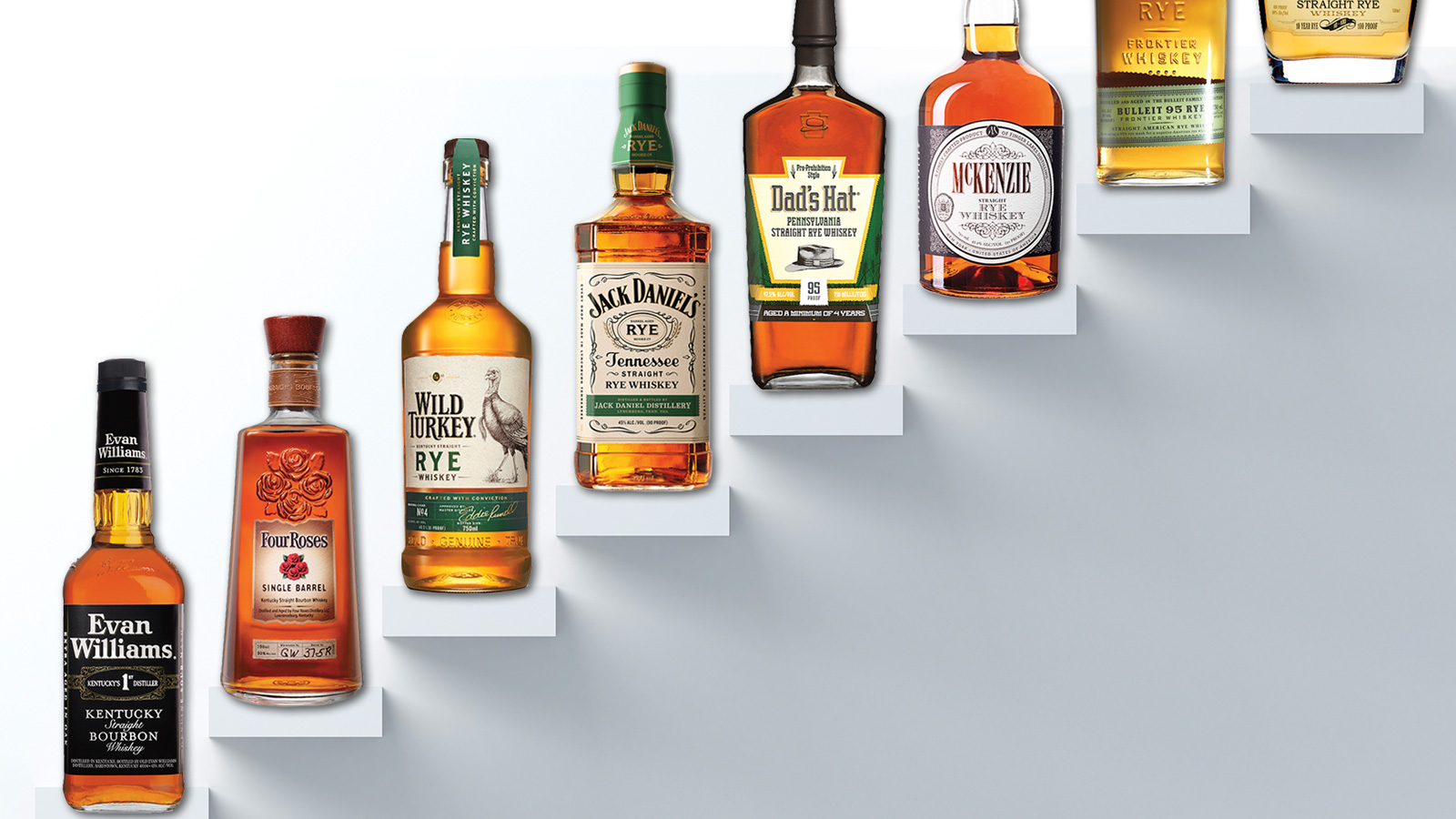Investigating Rye Whisky: From Grain to Glass

Rye whisky, a captivating spirit with a unique flavour profile, has been steadily gaining prominence among whisky aficionados and cocktail enthusiasts alike. Derived from rye grains, this spirit stands out for its robust character, complex taste, and meticulous production process. In this article, we delve into the world of rye whisky, exploring what it is, how it's made, and what sets it apart.
What is Rye Whisky?
Rye whisky is a subset of the broader whisky family, known for its distinct spicy and peppery notes, which differentiate it from smoother types of whiskey like bourbon or Irish whiskey.
The Role of Rye Grains
Rye, in botanical terms, is a cereal grain that belongs to the wheat tribe and is closely related to barley and oats. It has been a staple crop for centuries, known for its hardiness and adaptability to various climates. Rye's distinct flavours and aromas make it an obvious choice for crafting whisky, offering a compelling alternative to other grains like corn or barley.
The choice of rye grains and their proportions in the mash (the mixture of grains used for fermentation) greatly influences the final taste of the whisky. Rye grains impart flavours ranging from earthy to peppery, typically resulting in a spicier palate and more of a ‘bite’, contributing to the whisky's complexity.
How is Rye Whisky Made?
The production of rye whisky is an intricate and well-defined process that requires precision and expertise. It all begins with the main ingredient: rye grains. Rye grains are milled to create a coarse flour, which is then combined with water to form a mash. Enzymes are added to convert the starches in the rye into fermentable sugars, which kickstarts the fermentation process. Yeast is introduced to the mash to ferment the sugars, producing alcohol.
Once fermentation is complete, the resulting liquid, known as the wash, is distilled. Distillation is typically carried out in pot stills or column stills, depending on the distillery's tradition and production methods. The distillation process helps concentrate the alcohol and extract the desired flavours from the rye. The resulting high-proof distillate is then aged in wooden barrels, usually oak, where it undergoes maturation.
In Conclusion
It is easy to understand the increasing popularity of Rye Whisky. A product of time-honoured traditions and skilled craftsmanship, it embodies the intricate interplay between the boldly flavoured rye grains and the art of distillation. Its peppery and spicy notes, rooted in the unique characteristics of rye, set it apart from its whisky counterparts. As you savour a glass of rye whisky, take a moment to appreciate the journey from the cultivation of rye grains to the finely crafted drink in your hand. Whether enjoyed neat, on the rocks, or in a classic cocktail, rye whisky continues to please the palates of those who seek something extraordinary in every sip.
About Us
At Whisky Vault Auctions, we are passionate about all things whisky. If you are looking to make your first steps into whisky investment, take a read of our informative article about investing in whisky, and cast your eye over our past auctions to understand the kinds of lots you can get used to bidding on during our auctions!